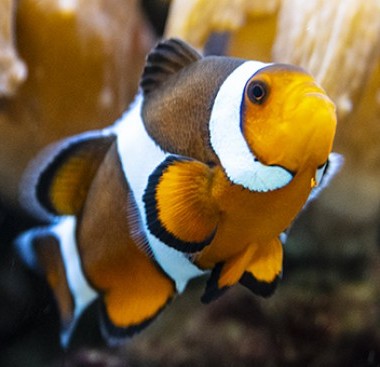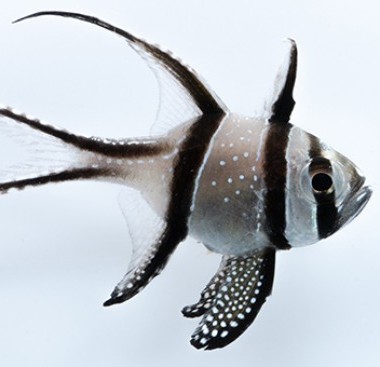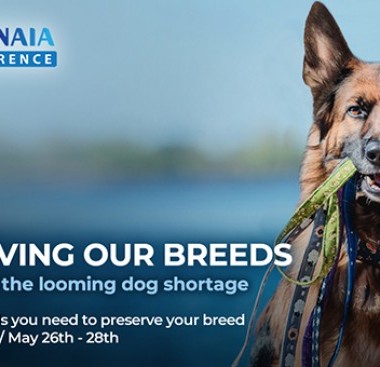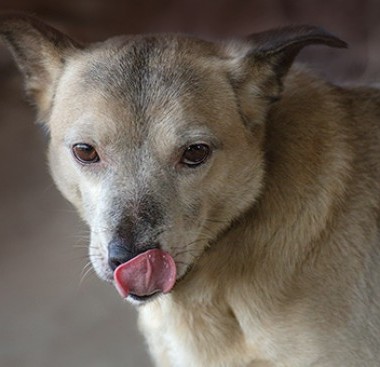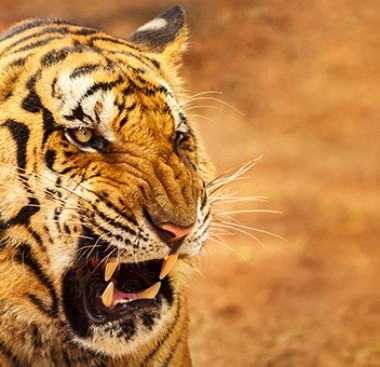CITES Conference Ends: Same Old Whale Rules, New Elephant Poaching Study
By: Staff Date: 01/9/2012 Category: | Animal Legislation | Wildlife Journal |
Government representatives, conservationists, and animal rights and environmental activists met in Nairobi, Kenya, from April 10-20 for the triennial meeting of the Convention on International Trade in Endangered Species.
CITES determines trade policies for endangered and threatened species by reviewing government requests, scientific studies, and proposals to protect animals from over-exploitation. Only government delegates can vote, but the special interest groups make their presence known by lobbying, hosting receptions and meeting with the media.
For years, the biggest battles at CITES have been over sustainable development policies with advocates for the use of animals as resources pitted against those who do not want animals hunted, captured, displaced, or killed for any reason. Politics plays a major role as delegates from developed countries respond to activist campaigns against animal use and delegates from developing countries seek the right to benefit economically from the animals that share their land. Elephants and whales were the big ticket items this year.
In 1997, CITES allowed three African nations to sell a limited amount of stockpiled ivory to Japan. The ivory had been confiscated from poachers or collected from dead animals in the field. Animal rights groups howled that the sale would increase poaching even though ivory from poached elephants made its way to the black market, not through the system set up to sell the stored ivory from Zimbabwe, Botswana, and Namibia.
This year, these three nations and South Africa - all countries in which elephant populations have recovered and are overpopulating some areas - attempted to get permission for further controlled ivory sales, but they were opposed by activists, the US, Kenya, and India. Shortly before the delegates were to discuss the proposal, the parties reached agreement that allowed trade in live elephants, skins, and meat, but postponed a decision on ivory sales until a monitoring and control system could be put in place and the impact of poaching can be studied.
The compromise places South Africa's elephants in Appendix II, the CITES designation for animals in which carefully controlled trade is permitted. Elephants in Zimbabwe, Botswana, and Namibia were placed in Appendix II at the last conference.
Whales
In 1986, the International Whaling Commission banned commercial hunting of whales but still allowed:
- Subsistence hunts by indigenous people;
- Scientific study; and
- Hunting by Norway for national use but not international trade.
Japan has hunted minke whales under the exemption for scientific study since the ban and has sold the meat from several hundred whales each year. This year, Japan asked CITES to remove the ban on two stocks of minke whales and on the Eastern Pacific gray whale, and Norway requested a change in the status of two Atlantic stocks of minke whales. The US opposed these efforts; all were voted down.
The proposals contended that all five whale stocks had recovered sufficiently to withstand controlled hunting, a contention the petitioning nations said is supported by the IWC's own data.
Meanwhile, in a 19-12-2 vote in Adelaide, Australia, in July, the International Whaling Commission agreed to resume some commercial whaling based on rules to be considered at its 2001 meeting.
Under this revised management scheme, commercial whalers will be subject to inspection and monitoring procedures that will be devised by committee in February and presented to the IWC in mid-year.
About The Author
All Authors Of This Article: | Patti Strand |







